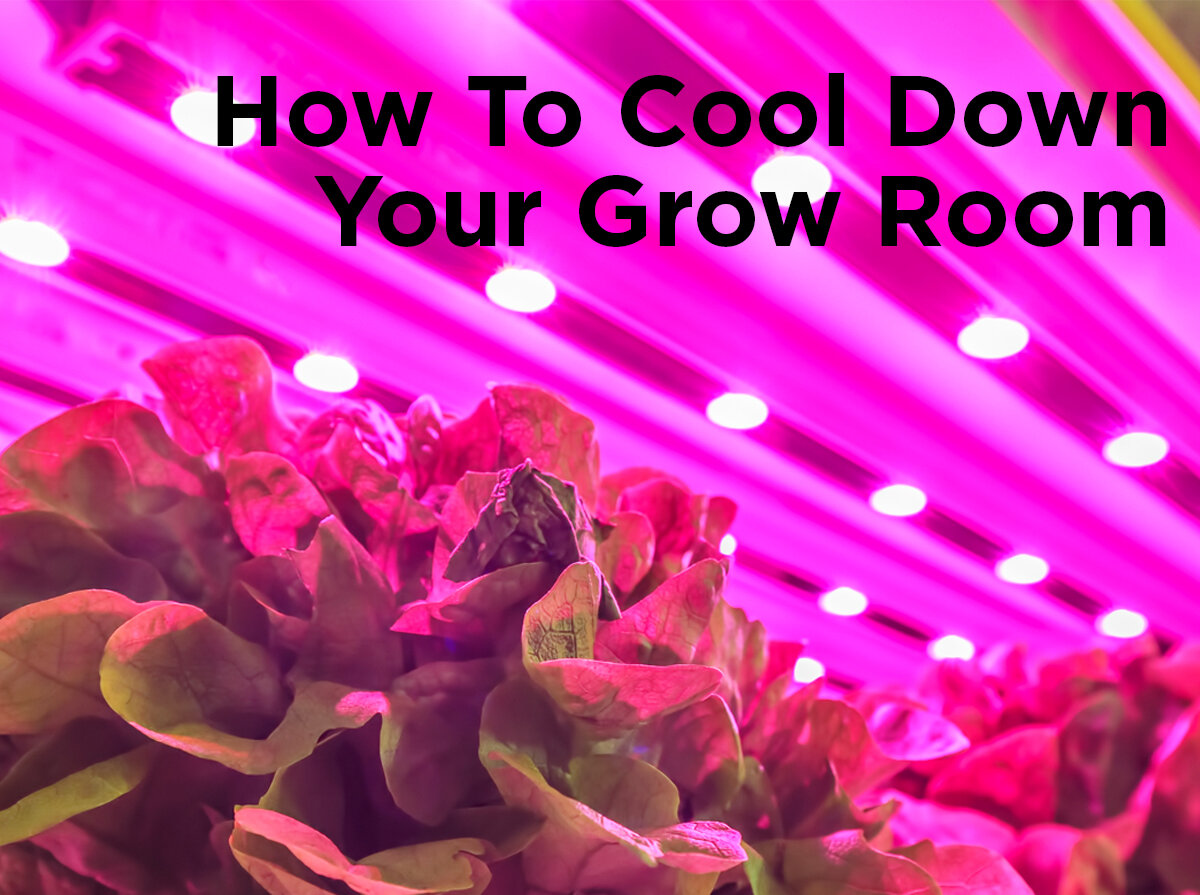Greenhouse Automation
Wouldn’t it be great if you could build a “set-and-forget” hydroponics garden? What if you could transplant your seedlings into new pots and return later to harvest fresh vegetables without ever having to set foot in the greenhouse on your own? Sure, this isn’t ideal for everyone (gardening can be very therapeutic), but there are some tasks and types of plants that would be great to automate and remove from your daily routine. We haven’t been able to automate everything yet, but it’s possible to make life much simpler with a few devices in key locations.
Environmental Controls
Easily the most obvious bit of automation you can set up; automatic central heating and cooling has been around for a long time. The first modern thermostat was developed in the 1830s, and they’ve increased in accuracy and comfort control ever since. Environmental controls range from “I know it’s hot during the day” mechanical timers for running fans, to “I want my plants to be comfortable at all times” full HVAC thermostat controls in a sealed environment. Humidity automation is also available to regulate wet or dry climates inside your grow room. It’s also possible to set up CO2 tanks with controlled release sensors for automatic CO2 balancing.
Lighting Controls
Lighting is extremely easy to install. Installing timers or automatic lighting controls is only slightly more difficult (it takes some extra care and planning) but the returns are worth it. Automatic lighting through astronomic, electric, or mechanical timers is perfect for differential control when it comes to your plants. A sealed room can have both the environment and your lighting keyed to the same timers for expert growth control. You can also install a light mover to simulate the motion of the sun throughout the room. With advanced planning, you can use light movers to adjust which types of lights are used during each growth cycle automatically by triggering lamps to move into or out of position as needed.
Solution Controls
But what about pH or nutrient levels? Someone needs to be there to make sure those are carefully balanced, right? Short answer: Yes. Long answer: Yes, but only to make sure everything is still running. When it comes to hydroponics solutions, you can create a system that automatically refreshes the reservoir and adds a select amount of nutrients (the amount you would use anyway) on a regular basis. You should already be renewing your reservoir regularly depending on the system you use. Since you know how often that takes place, and you flush your plants system every third feeding, this can all be automated. Automatic nutrient sensors exist, as do auto-dosing systems to add or balance both pH levels and nutrients. All of this means your feed-cycle can be completely automated, giving you more time to just enjoy watching your plants grow.
Full Automation
Mechanical timers and standalone thermostats are mechanical and unintelligent. It’s possible for a single misread sensor to trigger an extra feeding or out-of-place light. That generation of automation makes things simpler, but it’s important to maintain your equipment and watch for problems visually on a frequent basis. Manually test your system to ensure proper levels and timing. However, smart automation continues to advance (we now have tractors that drive themselves using GPS units), making it possible to integrate all of these systems together and add intelligent reasoning to prevent problems, in ways similar to the smart house integration. Older mechanical automation might detect a decrease in solution, add nutrients, and then add more an hour later when the timer called for it, causing an excessive nutrient level. Newer sensors are able to detect undernourished solution while still recognizing feeding schedules to make decisions that prevent such situations from causing nutrient imbalances. However, fully integrated automation is expensive so you may be better served to start with a more mechanical setup.
It’s possible to automate most of the recurring events in your plants’ lives, letting you focus on the parts of growing that you enjoy. And who knows, perhaps fully automated greenhouses will appear in the future that reach that mystical level of set-and-forget. What systems do you use for your growing plants? We’d love to hear from you on your projects in the comments below. Or, send us pictures of your current or future projects on Facebook, Twitter, LinkedIn, Pinterest, or Instagram






